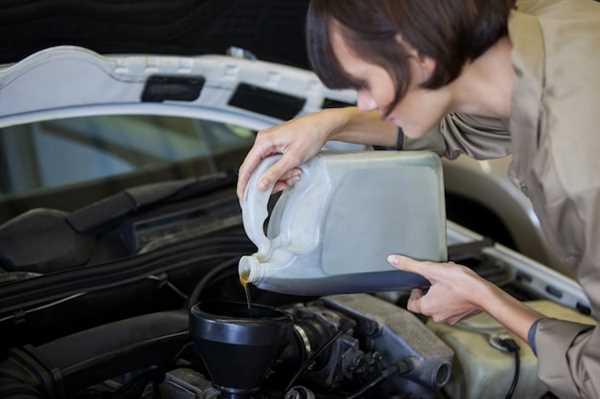

To maintain optimal vehicle condition, check inflation levels regularly. Operating with the correct amount of air enhances performance while significantly reducing risks associated with accidents.
Research indicates that under-inflation increases stopping distances and reduces handling stability, leading to a higher likelihood of collisions. For every 1 psi drop, rolling resistance increases, resulting in reduced fuel efficiency and potential hazards.
Basing your evaluations on manufacturer guidelines ensures that your vehicle performs reliably under various conditions. It’s advisable to conduct inspections at least once a month, especially before long trips. Adjustments to air levels should be made according to ambient temperatures, as fluctuations can affect measurements.
Maintaining optimal volume not only extends tire lifespan but also ensures a smoother driving experience. Investing time in these checks contributes to a more secure environment for all road users.
How to Check and Maintain Proper Tire Pressure

Regularly inspect each wheel’s inflation level using a reliable gauge. Aim for the manufacturer’s recommended specification, typically located on a sticker within the driver’s door or inside the fuel cap.
Before checking, ensure the automobile has been stationary for several hours to allow for an accurate reading. If adjustments are needed, inflate or deflate according to the identified standard measurement.
Routine assessments should be conducted at least once a month, or more frequently with seasonal changes. Monitor for visible wear, cracks, or foreign objects as these can significantly influence overall performance.
Lastly, invest in a quality pump for home use. This allows for easy routine maintenance, ensuring optimal conditions for every journey.
The Relationship Between Tire Pressure and Vehicle Handling
Maintain optimal inflation levels between 30 to 35 psi for enhanced maneuverability and grip. Under-inflated wheels reduce responsiveness, leading to longer stopping distances and compromised cornering stability. Conversely, over-inflation can result in a harsher ride, reduced contact area, and decreased traction.
Regularly check the gauge when tires are cold for accurate readings. Adjustments should be made based on load conditions and driving habits. Insufficient or excessive inflation can affect the vehicle’s stability, making it more prone to skidding or loss of control, particularly in adverse conditions.
Monitor any noticeable changes in handling characteristics, which may indicate a need for adjustment. Properly inflated rubber reduces wear and tear, prolonging lifespan and contributing to safer driving experiences.
Common Myths About Tire Pressure and Safety Risks

Regular checks are critical. Many believe that gauges only need to be used during seasonal changes, but monthly inspections can identify slow leaks and inaccuracies early.
A prevalent assumption is that over-inflated tires provide better fuel efficiency. In reality, excessive inflation can lead to reduced contact with the surface, increasing the risk of losing control during sudden maneuvers.
Another myth posits that a slight decrease in inflation is inconsequential. Contrary to this belief, even a drop of 6-10 psi can significantly enhance stopping distances and affect handling capabilities.
Some claim that visual inspections alone suffice for determining tire condition. This approach neglects hidden damages and pressure discrepancies that can only be assessed through a gauge.
Many drivers think that “just enough” inflation is satisfactory. Studies indicate that under-inflation increases the likelihood of tire blowouts, which can lead to serious accidents.
Lastly, the notion that new tires are invulnerable to pressure issues is misleading. Fresh models can still experience fluctuations; hence, checking them regularly remains critical.






